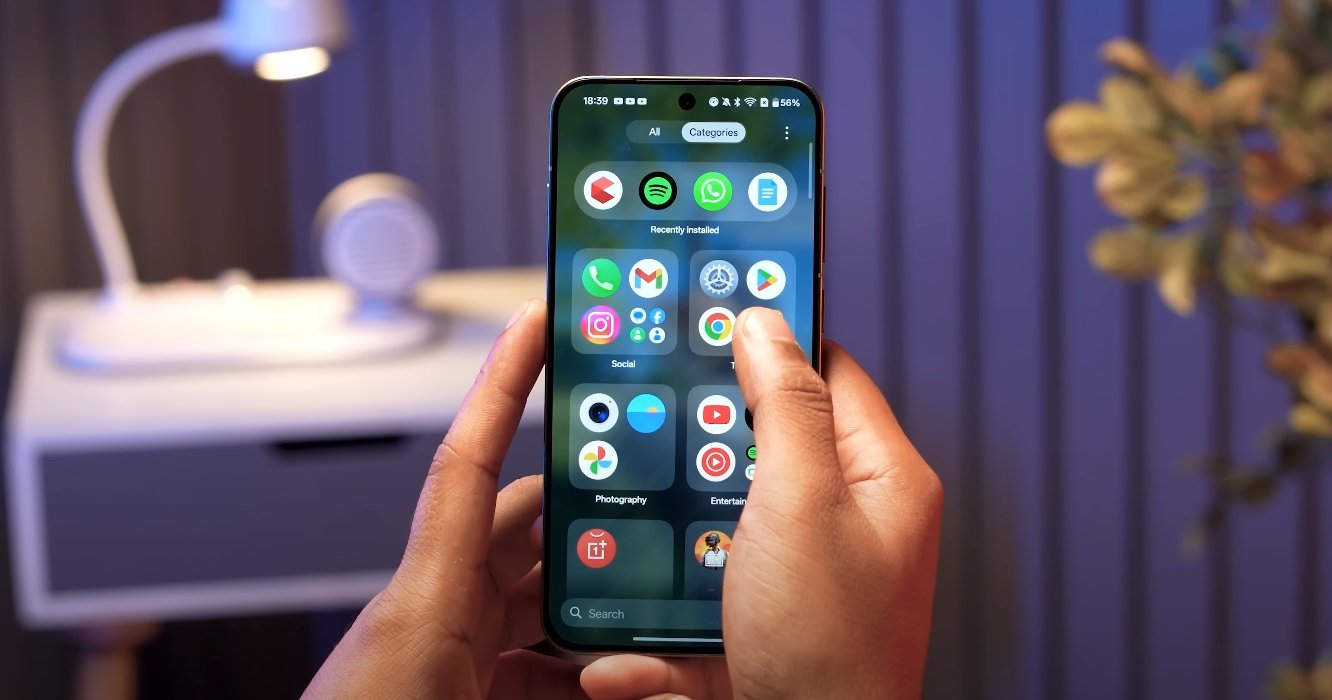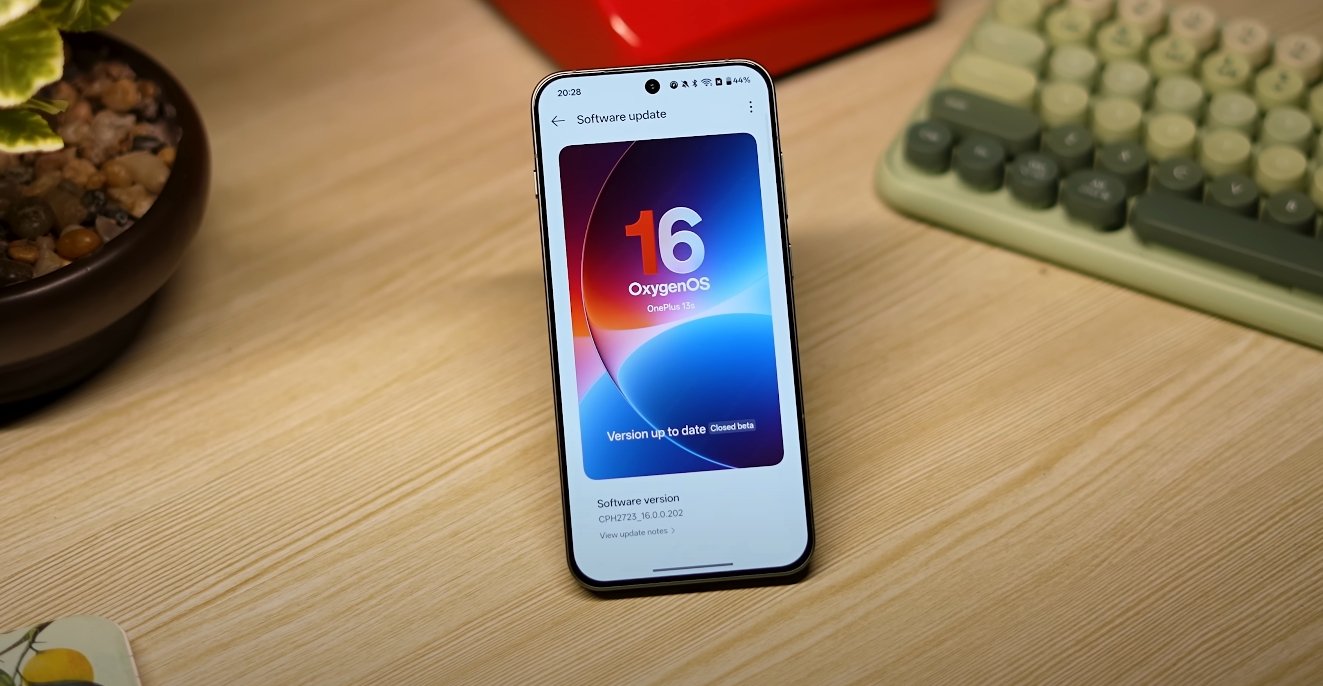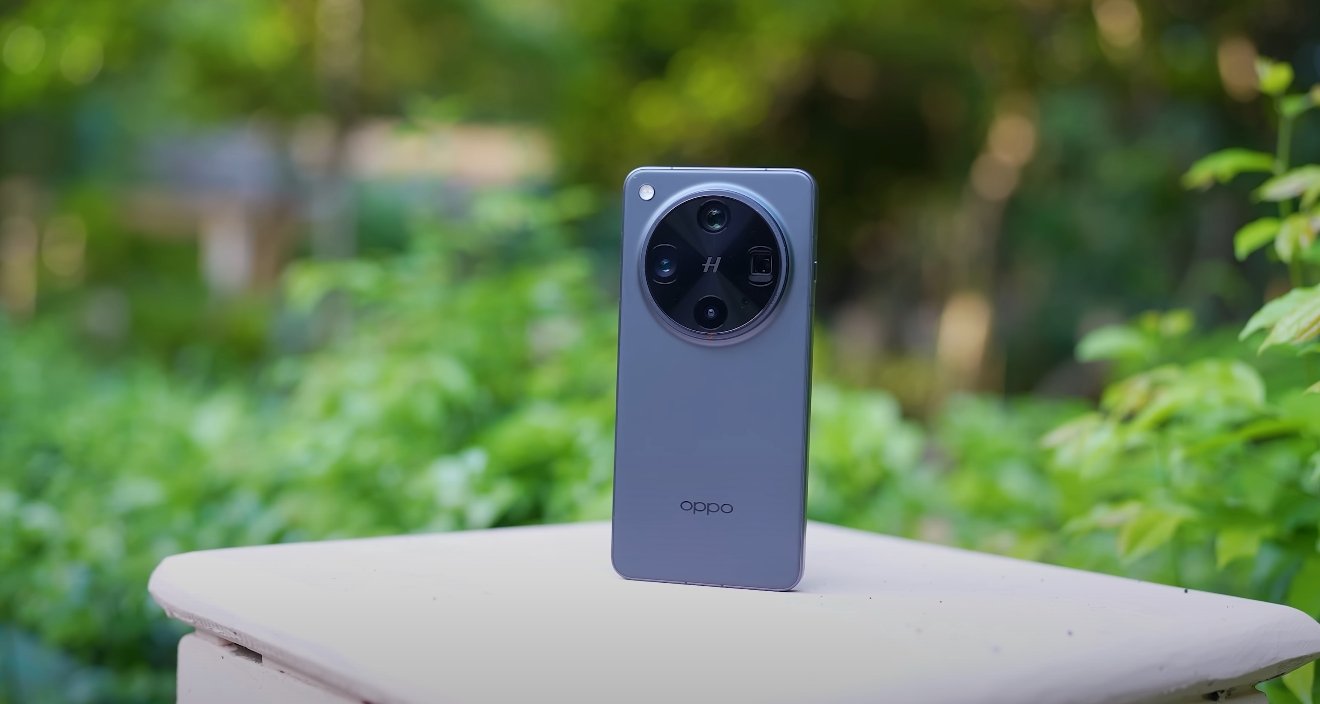OxygenOS 16 Strengthens Privacy and Security with Advanced Protections
OxygenOS 16, built on Android 16, introduces a major overhaul to privacy and security across all supported OnePlus devices. The update brings enhanced data protection, stronger encryption, and smarter user controls designed to keep personal information safe. OnePlus has focused on giving users deeper transparency and more tools to manage how their data is stored, shared, and secured within the system.
The most notable upgrade is the introduction of the Private Computing Cloud, which processes sensitive data locally instead of relying solely on external servers. This ensures that critical user information such as passwords, messages, and biometric data remains stored on the device in an encrypted format. The feature uses a combination of hardware-based security and the Trusted Execution Environment to isolate private operations from the main system. As a result, even if a security threat reaches the device, personal data remains inaccessible.
OxygenOS 16 also expands its identity protection tools through a new feature called Identity Check. This system continuously monitors login attempts, account activities, and suspicious access patterns to prevent unauthorized entry. If any unusual behavior is detected, the phone automatically locks down sensitive data until the owner verifies their identity using biometrics or a secure PIN. This proactive layer of security prevents identity theft and ensures that financial or personal details remain shielded.

App permissions have become more transparent and easier to manage. With OxygenOS 16, users can now view exactly which apps access location, camera, microphone, and storage data in real time. The system automatically resets permissions for unused apps after a certain period, reducing the risk of long-term data exposure. A redesigned privacy dashboard allows users to review and revoke permissions with a single tap, putting control back in their hands without requiring advanced technical knowledge.
The Private Safe feature, now more deeply integrated into the system, allows users to store photos, videos, and confidential files in an encrypted folder. Access to this vault requires biometric authentication or a secure password, ensuring that private files remain hidden even if someone else uses the phone. Combined with the new Plus Lock Protection, which automatically locks the device when SIM removal or unauthorized access is detected, OnePlus has created a robust environment that safeguards both physical and digital security.
OxygenOS 16 also integrates advanced protection mechanisms derived from Android 16. These include stronger anti-malware defenses, real-time scanning for potential threats, and enhanced app verification during installation. Users receive alerts if apps attempt to track activity across platforms or access personal identifiers unnecessarily. Network-level security has been improved too, offering better protection against phishing, malicious links, and unsafe Wi-Fi connections.
Privacy-conscious users will appreciate the new anti-tracking measures embedded within the browser and system settings. These prevent apps and websites from collecting behavioral data for targeted advertising. The system also limits background data collection, ensuring that third-party services cannot build profiles based on user habits. Additionally, cookies and online trackers are automatically purged at intervals to keep browsing history private.
Overall, OxygenOS 16 represents one of the most secure and privacy-focused updates from OnePlus to date. By combining hardware-based security, AI-driven detection, and user-friendly controls, the company has created an ecosystem where protection works silently in the background. Users no longer need to rely on third-party software for safety or privacy management. With this update, OnePlus reinforces its commitment to delivering a trusted, transparent, and secure smartphone experience tailored for modern users.
Also Read: OxygenOS 16 vs OxygenOS 15 full comparison review







